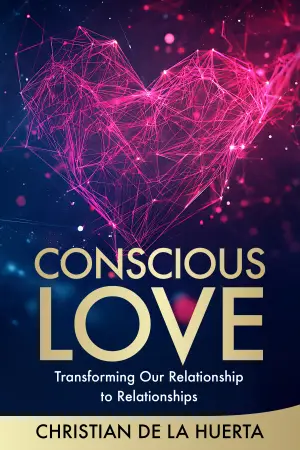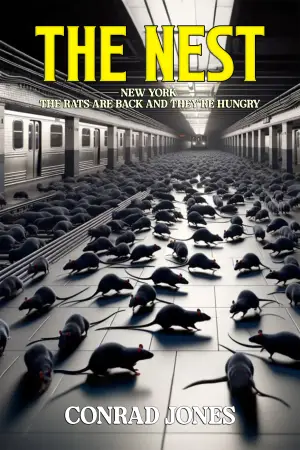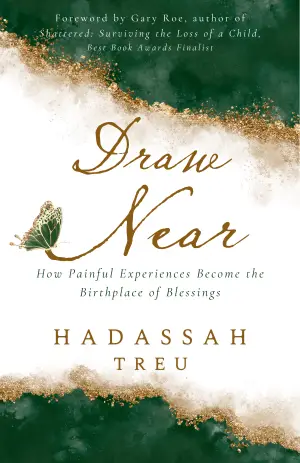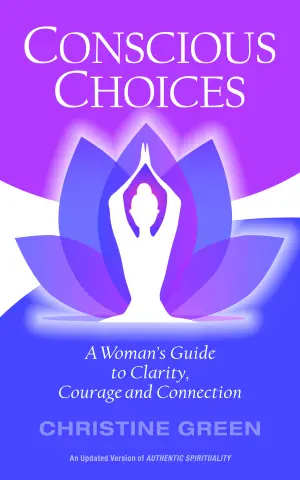Unveiling the Dark Heart of History in The Buffalo Hunter Hunter
When I first opened The Buffalo Hunter Hunter by Stephen Graham Jones, I was drawn in not just by its intriguing title but also by the promise of a narrative steeped in the complexities of American history—a history too often left unexamined. Jones has a unique way of intertwining horror with deep social commentary, and I was eager to see how he would tackle themes of violence, identity, and memory through the lens of a vampire story. Trust me when I say, this book is nothing short of a literary firebrand, cauterizing the wounds of history beneath the glow of campfire light.
At its core, The Buffalo Hunter Hunter is a story woven around the lives of Pastor Beaucarne and Good Stab, two characters who embody the contradictions of humanity. Their alternating voices, delivered through an epistolary format that nods to Bram Stoker’s Dracula, breathed authenticity and urgency into the narrative. Each character’s struggles and complexities—filled with both admirable and horrific traits—made them wonderfully believable. I found myself deeply invested in their journeys, captivated by the way Jones presents not just the violent past but also the emotional scars it leaves behind.
The world-building is stunning. Whether it’s the drudgery of life in an early 20th-century Montana colony or the vibrant landscapes of the Blackfeet territory, Jones captures these settings with an artistry that places you right in the heart of the story. I could almost feel the weight of the landscape, and that connection amplified the tension and terror present throughout the novel.
One of the most notable elements was the pacing. Jones masterfully starts the book with a gripping, lurid scene that hooks you immediately, making it clear that the voice of the author is critical to the framing of events. While the pacing was mostly well-handled, there was one section that felt a tad prolonged after the climactic moments. Though it was rich in its own right, exploring an important story thread, it did momentarily disrupt the seamless flow of the narrative.
The epistolary framing device adds another layer of depth. Initially, I found the great-great-granddaughter’s narrative to merely serve as a stylistic choice, a convenient vessel to introduce the core story. However, by the end, I realized it was a deliberate, thematic exploration of legacy, ownership, and the burden of history. The questions raised about who owns the past and the implications of colonial violence hung heavily in the air, striking a chord in today’s socio-political landscape.
One aspect I adored was the portrayal of the vampire mythology—a refreshing and inventive take that reminded me why I love the horror genre. It deftly critiques the notions of power and vengeance while presenting the complexities of human nature in a way that is hauntingly beautiful.
As I closed the book, I felt a profound sense of being a witness to both an atrocity and an awakening. For anyone who delights in multi-layered narratives, rich character development, and the ability to reflect on society’s broader questions through a historical and fantastical lens, The Buffalo Hunter Hunter is a must-read. This story lingered with me long after the final page—a poignant reminder of how the past shapes our present.
Grab your copy, and prepare for an unforgettable journey through a narrative that challenges perceptions, evokes emotion, and ultimately, invites us to bear witness.
Discover more about The Buffalo Hunter Hunter on GoodReads >>







